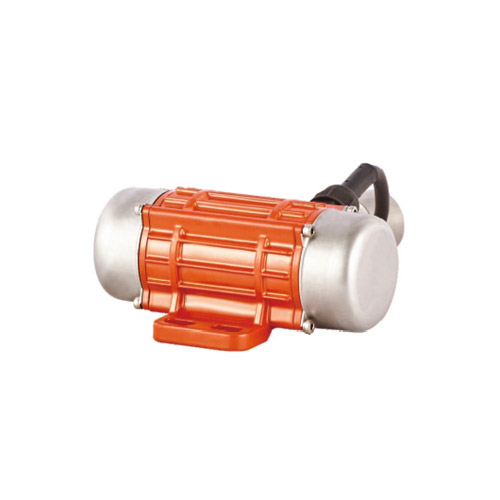A quiet revolution is underway in the world of consumer electronics and beyond, driven by continuous advancements in vibrator motor technology. These tiny, powerful components, essential for haptic feedback, are becoming smarter, more efficient, and more versatile, promising to significantly improve how users interact with a wide array of devices.
For years, vibrator motors have been a staple in mobile phones, providing silent notifications and tactile responses to touchscreen inputs. However, recent developments have moved far beyond simple alerts. Engineers are now implementing advanced haptic profiles that can simulate a startlingly wide range of textures and sensations. From the subtle click of a camera shutter to the gentle push of a button, these nuanced vibrations create a more immersive and intuitive user interface. This enhanced feedback is increasingly crucial as many devices eliminate physical buttons in favor of sleek, all-screen designs.
The application spectrum for these sophisticated motors is expanding rapidly. In the gaming sector, high-fidelity vibration motors are transforming controllers, offering players precise tactile feedback that corresponds directly to in-game actions. The rumble of a virtual vehicle or the gentle tap of a virtual arrow hitting its target adds a compelling new layer of immersion. Similarly, the wearable technology market is embracing these innovations. Smartwatches and fitness trackers use complex vibration patterns to deliver discreet, yet unmistakable, notifications for messages, navigation cues, and health alerts without needing to look at the screen.

Beyond personal electronics, the impact of improved vibrator motor technology is being felt in healthcare and accessibility. Wearable medical devices can employ specific vibration sequences to remind patients to take medication. Furthermore, haptic feedback systems are being integrated into assistive technologies, providing non-visual navigation aids or alerts for individuals with hearing impairments, thereby fostering greater independence.
A key trend shaping the future of these motors is the focus on energy efficiency. New designs consume less power, which is a critical advantage for battery-operated portable and wearable devices. This efficiency does not come at the cost of performance; modern motors can deliver strong, clear vibrations while extending the device's operational time. This balance is achieved through innovations in magnetic circuit design, the use of new materials, and more precise motor control algorithms.
Another significant area of progress is in the reduction of noise and the improvement of response times. Next-generation motors are engineered to activate and stop almost instantaneously, allowing for crisper and more defined tactile effects. Concurrently, acoustic noise is being lessd, ensuring that the haptic feedback is felt by the user without creating an audible disturbance, which is particularly important in quiet environments.
As the Internet of Things continues to grow, the role of the vibrator motor is set to become even more integral. From smart home controls to remote controls and interactive toys, the demand for quiet, reliable, and expressive haptic feedback is on the rise. The ongoing refinement of this fundamental technology promises a future where our interactions with the digital world are not just seen and heard, but also meaningfully felt. The humble vibrator motor, often overlooked, is proving to be a key component in building a richer, more connected sensory experience for users worldwide.

 英语
英语 葡萄牙语
葡萄牙语 西班牙语
西班牙语 русский
русский







 Tel: + 86-576-86320988
Tel: + 86-576-86320988
 Fax: + 86-576-86333217
Fax: + 86-576-86333217
 E-mail:
E-mail:  Add: Dayangcheng Industrial Zone, daxi, wenling, zhejiang, china
Add: Dayangcheng Industrial Zone, daxi, wenling, zhejiang, china
